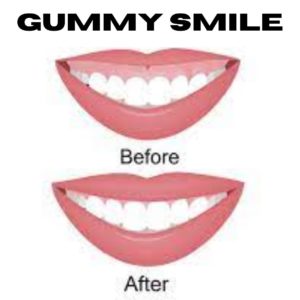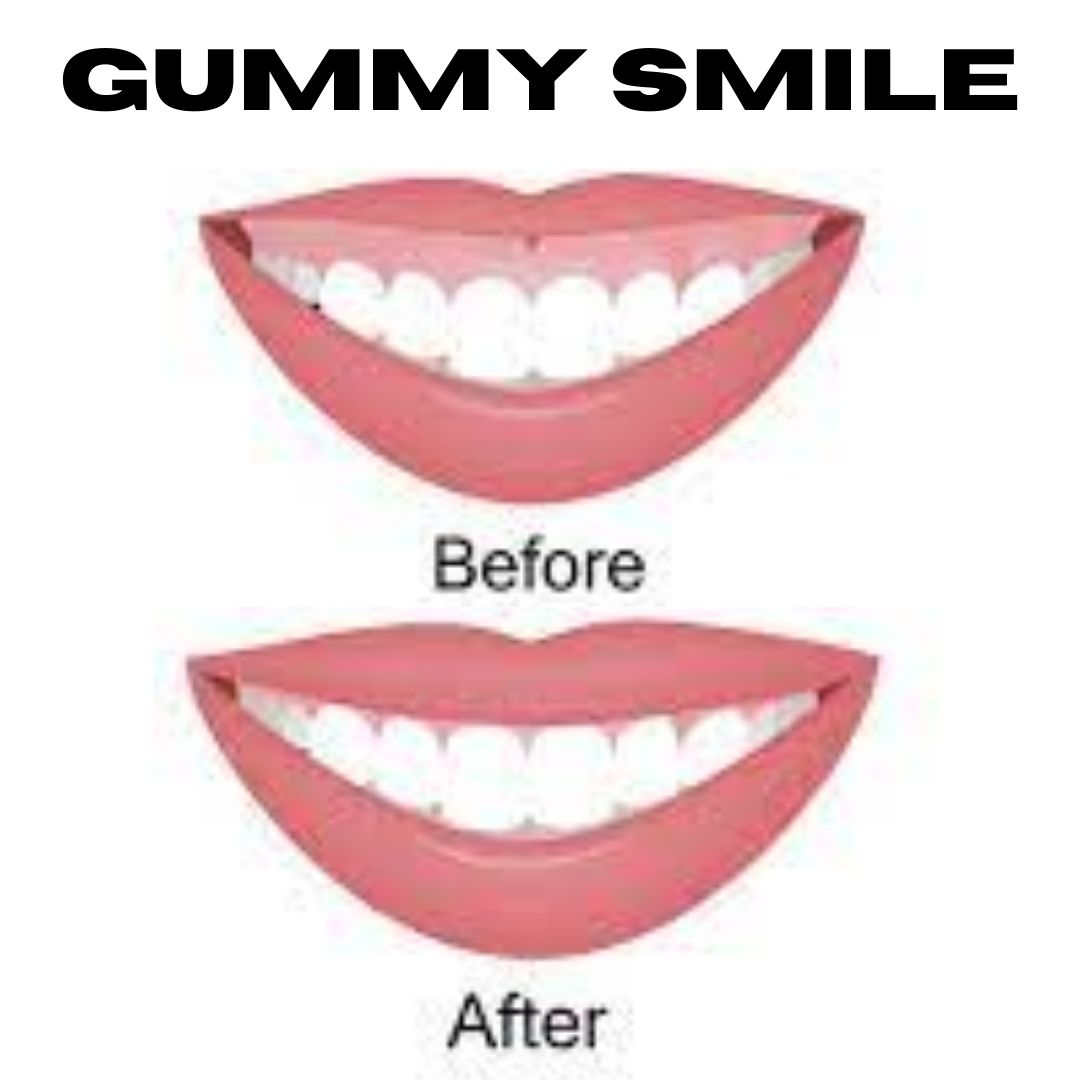Gummy Smile: What Causes It & How is It Treated?
 When you smile, do you see more gums than teeth? If yes, you might have what is called a gummy smile. There are various opinions about gummy smiles, though, and they can vary from one person to another. If you love your gummy smile, it is okay if you decide to do nothing about it. However, if you are bothered by it, you might want to search for information on what caused it and how you can remedy it. Read on to learn more about gummy smiles.
When you smile, do you see more gums than teeth? If yes, you might have what is called a gummy smile. There are various opinions about gummy smiles, though, and they can vary from one person to another. If you love your gummy smile, it is okay if you decide to do nothing about it. However, if you are bothered by it, you might want to search for information on what caused it and how you can remedy it. Read on to learn more about gummy smiles.
Causes of a Gummy Smile
There are many causes of a gummy smile. If caused by genetics, there really is not much that can be done about it. There are some cases, however, where it is caused by how we take care of our teeth, so something can still be done it prevent it from happening. Below are the three most common causes of a gummy smile.
- Bad bite. If your top jaw does not properly align with your bottom jaw, you have a bad bite. A bad bite can cause numerous problems like crooked teeth, jaw pain, and a gummy smile. Usually, a bad bite causes the upper jaw to protrude farther than it should, resulting in a gummy smile.
- Hyperactive upper lip. This happens when the muscles under the nose and in the upper lip are hyperactive. There is a repeated overuse of these muscles, causing the top lip to raise and show gum tissue.
- Excess gum tissue. Once the permanent teeth erupt, there is sometimes an overgrowth of gum tissue covering too much of the teeth. However, infection of the gums can happen which leads to inflammation, making it appear like there is excess gum tissue. This can be prevented by good oral hygiene techniques.
Fixing a Gummy Smile
The best way to fix a gummy smile is to get to the bottom of what is causing it and treat it. Treatment will depend on the root cause, but it can include one or a combination of the following procedures:
- Scaling and root planning. This is the best treatment option if a gummy smile is caused by infected or inflamed gums. Scaling and root planing is an advanced cleaning technique that reaches into the gum pockets around every tooth to remove bacteria and help any infection heal.
- Crown lengthening or gum lift. If the gummy smile is caused by excess gum tissue covering the teeth, this is the best option for you. This procedure removes some of the excess gum tissue surrounding the teeth, restructuring the gum line so it is higher and more of the teeth visible.
- Lip lowering. In this procedure, a small section of the gum tissue under the upper lip is removed. The top and bottom tissues and stitched together to create a shorter lip. This makes it impossible for the upper lip to rise higher, so the gums are covered and the appearance of a gummy smile is reduced.
- Orthodontic treatment. Braces and clear aligners can treat a gummy smile, especially when caused by a bad bite. They can help adjust a bite into its ideal position, reducing the amount of gum tissue that shows when you smile, talk and laugh. Orthodontics can also alleviate other dental issues like jaw pain.
If you are bothered by your gummy smile and want to look into ways to reduce the appearance of gum tissue, schedule a consultation and talk to a reputable doctor in your area now. They can tell you more about gummy smiles and their treatment options and determine the best course for you and your smile.





 |
|